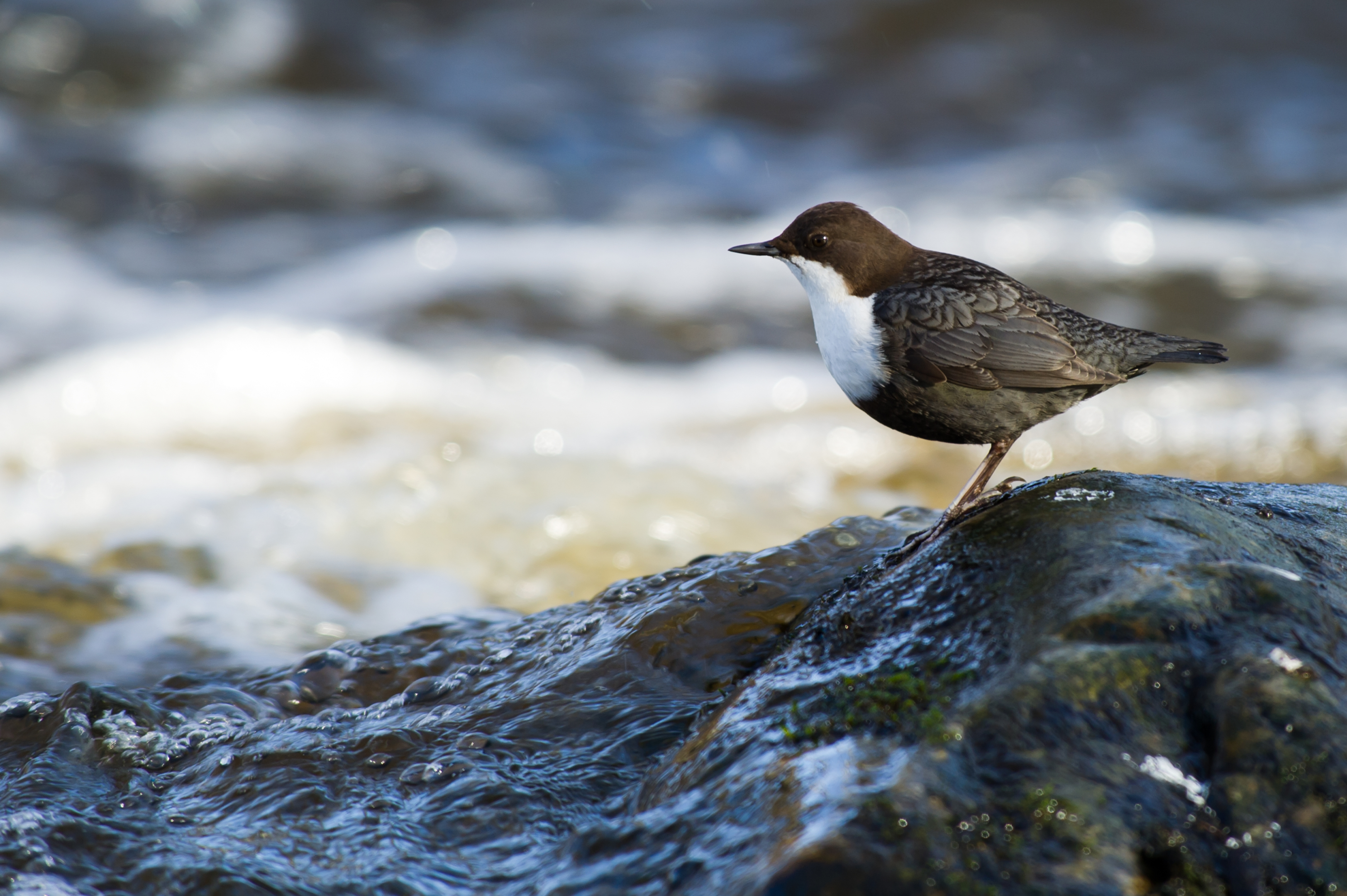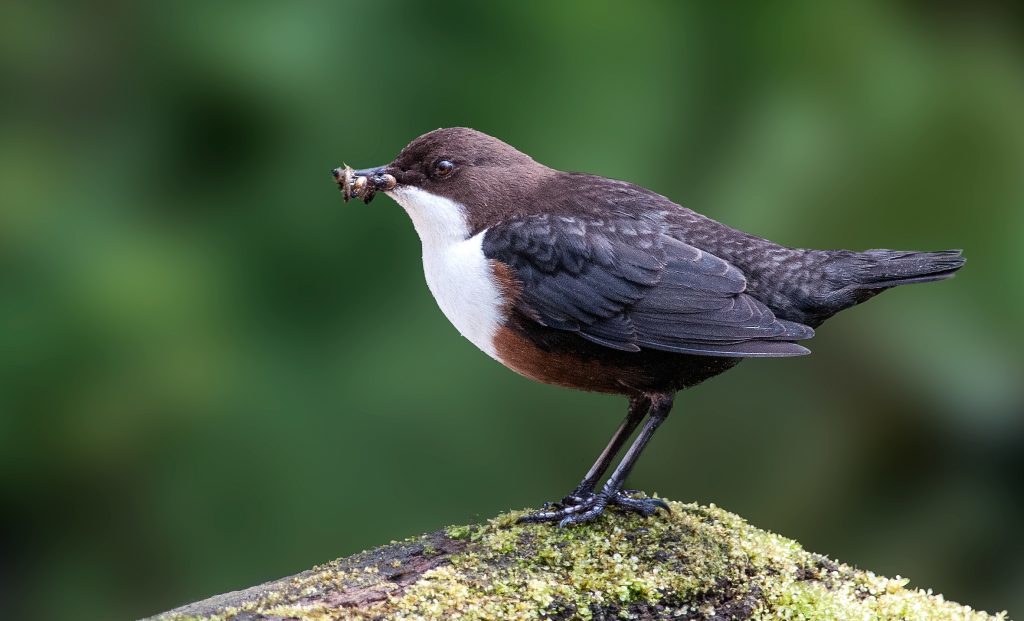The warm rain pit-pattered through the trees that clung tenaciously to the sides of this rocky gorge near Edzell. It was a gentle, soothing noise that provided a wonderful complement to the tumbling waters of the River North Esk below.
I was at a place known as the Rocks of Solitude, a most spectacular chasm of rocky waterfalls and deep coppery-coloured pools. I come here whenever I can because it’s the perfect encapsulation of the raw power of nature; a myriad of harsh rock, lush vegetation, dizzy heights and churning water.
Despite the rain, it felt good to be back, so I slowly wandered along the path above the gorge heading in the direction of Edzell. But apart from the sounds of water there was nary a sign of bird or animal.
Hardly surprising I suppose, as this is always a quiet time of year in the nature calendar – or rather there is plenty going on but it’s all being done furtively under the cover of thick summer growth.
Most birds have stopped singing and the fledged youngsters are dull in plumage and hard to spot. Tree leaves too have lost their sheen of spring. It’s a strange in-between time of year; the next major landmark being the freshening of the air in September and the gradual turning of the leaves.
But this is a time of plenty, with mind-boggling numbers of insects providing food for young birds and other creatures. We are also on the cusp of the autumn bounty of berries that will provide even more sustenance. This means that our wildlife must now make hay while the sun shines by gorging upon this richness and building up fat reserves to help see them through the winter.
Still not a bird or animal caught my eye, so I took a small path down to the banks of the river and sat for a while. This, after all, is usually the most productive way of glimpsing wildlife.
Sure enough, it wasn’t too long before a dipper whirred up the river and landed on a boulder on the far bank. It was an adult bird, which soon busied itself in the shallows looking for caddisfly larvae and other aquatic invertebrates.
Wading up to its belly, the dipper frequently submerged its face so as to have a quick scan under water to see if there was anything worth snapping up. Goosanders and mergansers hunt in this manner too when surface swimming and it is a good way of saving energy by not having to dive continuously.
Dippers are unique; a song bird that forages under water, thus exploiting a most productive ecological niche. I turned over a stone plucked from the shallows and it was crawling with insect larvae. During sharp winter frosts, dippers can still access this larder at a time when many other song birds are struggling to find food. It is a kind of evolutionary perfection.
Info
Dippers are highly territorial and a pair will strongly defend their stretch of river or burn. They have specialised white eyelids to help protect their eyes when submerged.











